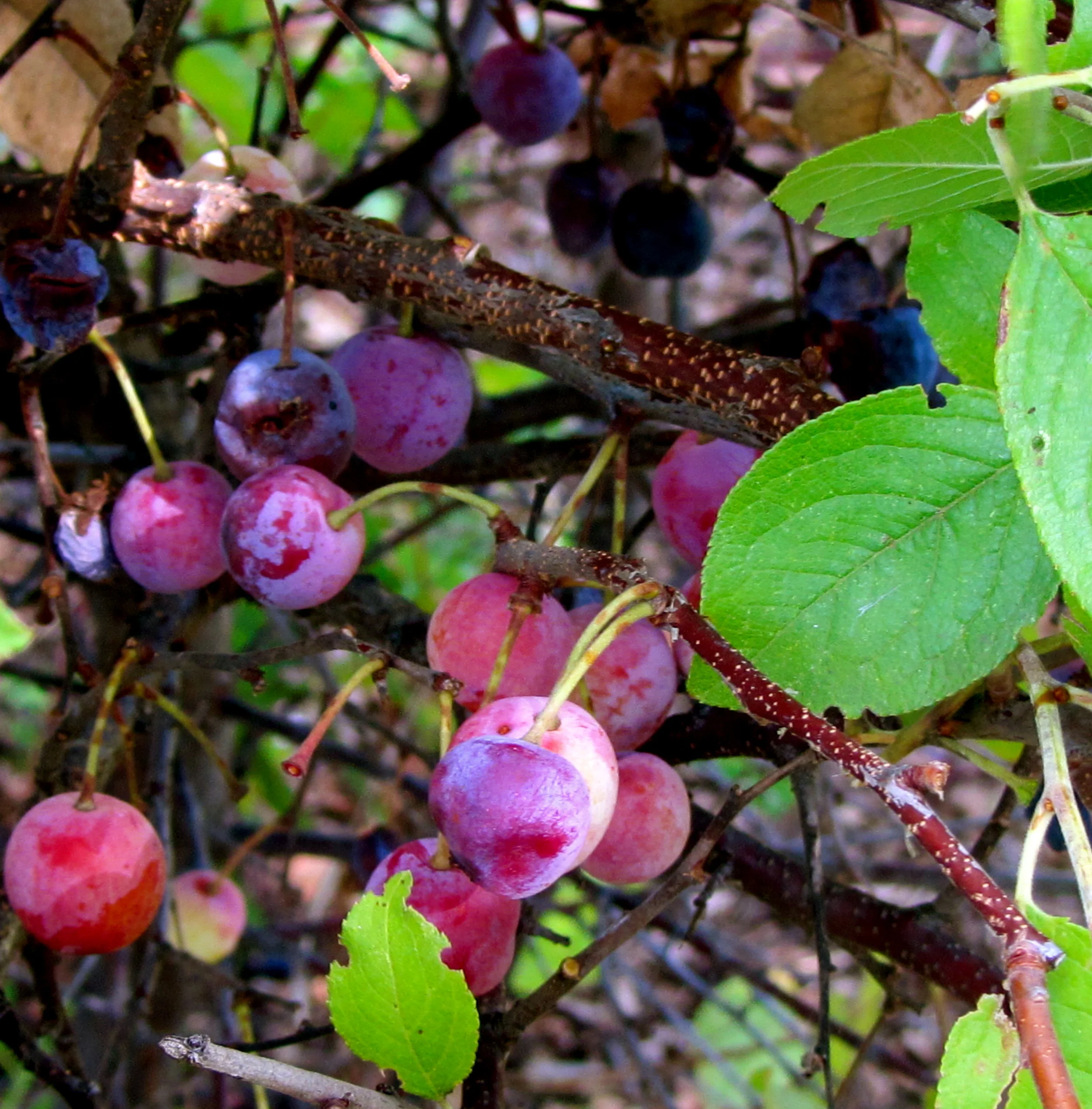Birch Beer is a non-alcoholic beverage
Winter is typically a slow season when it comes to foraged plants. Deciduous trees, the ones that lose their leaves, are at rest in the winter. When it comes to some of the birch trees, this is exactly the right time to harvest the flavorful cambium, the layer between the inner bark and the wood, for a delicious beverage. It is much easier to identify trees when their leaves emerge and when they form flowers and seeds, but winter is a great opportunity to see how the branches grow and what the structure and shape of the tree looks like. Most birch trees have a distinct bark with horizontal markings called lenticels and outer bark that peels in wide strips, making them easy to recognize even without their leaves. Older trees may have darker bark, but you can see the distinct silvery quality of the bark in younger branches. The inner bark of yellow birch and black birch smell like wintergreen when you scratch it. The stronger the smell, the better the birch beer will taste.
Black birch trees can be mistaken for cherry trees - the bark in both look similar. Only the birch tree smells like wintergreen. You do not need to peel the the bark from the trunk. In fact, if you did peel the bark completely around the trunk in a circle, you would kill the tree. No, all you need is a few smaller twigs, which can be trimmed with a pocket knife. Often, after a storm, you'll find broken branches in perfect condition for collecting the cambium. Two small, fresh branches growing as far from the trunk as possible, 8-10 inches long and 1/2-inch to 1-inch in diameter, would be enough to make 2-3 quarts of strong birch beer.
Prepare the Birch Bark Shavings
Fill a 2-3 quart container with room temperature drinking water.
Have a cookie sheet handy to collect the pieces that fall as you scrape the cambium.
Cut the outer bark from the branch, exposing the green inner bark.
This is a photo of the shaved inner bark and cambium from a black birch. The idea is to scrape, not cut, so you end up with greenish and whitish shavings. Use a sharp knife, scrape through the inner bark to the cambium, letting the fluffy pieces fall onto a cookie tray. Gather the scraped inner bark and cambium. Immerse it in room-temperature water. Refrigerate for 2-4 hours. The brew should range from amber to dark brown. Add more inner bark, if necessary. Strain solids. I use a coffee filter, but a strainer or cheese cloth will also work and add equal amounts of maple syrup. For carbonation, add seltzer water.
Timeline
Note: You need to scrape the cambium as soon after you harvest the branches as possible. Do not let the branches dry out. Once you immerse the cambium in liquid and then strain it, birch beer can be stored in the refrigerator for up to one week.
4-6 Hours Before:
Harvest two small, fresh birch branches up to 1" diameter, 8"-10" long
Collect 1-2 handfuls of small, fresh twigs
Fill container with room temperature drinking water
Scrape cambium on to cookie sheet
Add cambium to water
Refrigerate
1-2 Hours Before:
Remove from refrigerator and strain liquid
Add 1 cup grade B or 2 cups Grade A syrup and 1/2 tsp cinnamon
5-10 Minutes Before:
Add carbonation if desired
Serve
Shopping List
Foraged items:
2- small, fresh birch branches, up to 1" diameter, 8-10" long
1-2 handfuls of small, fresh match stick size twigs
Pantry Items:
Drinking water
Maple syrup
Cinnamon
Seltzer (optional)
Kitchen Items
Strainer or coffee filter or cheese cloth
2-3 quart water container
Cookie sheet





